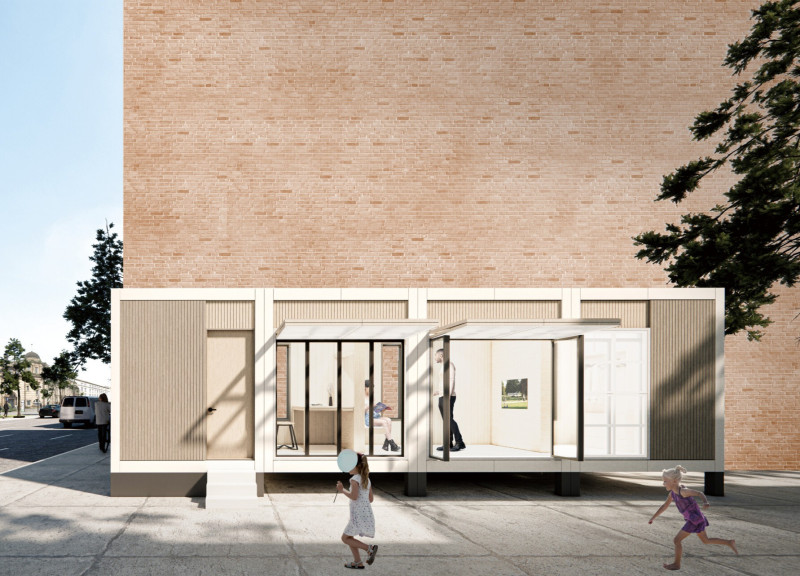5 key facts about this project
From a conceptual standpoint, the project prioritizes a connection to nature. The designs incorporate large windows and open spaces that invite natural light, promote ventilation, and create an inviting atmosphere for occupants and visitors alike. The layout encourages fluid movement between indoor and outdoor areas, reinforcing the notion of harmony between built environments and their surroundings. Essential to the project’s philosophy is a commitment to sustainability, with features such as green roofs and rainwater harvesting systems seamlessly integrated into the architectural design. This not only reduces environmental impact but also serves to educate users on the importance of ecological responsibility.
The materials selected for the project are both practical and symbolic. A thoughtful combination of locally sourced stone, sustainably harvested wood, and advanced glass technologies speaks to a commitment to environmental stewardship while ensuring structural integrity and thermal efficiency. Concrete elements are strategically used to enhance durability, providing a solid foundation for the building’s innovative structure. The overall material palette complements the local context, with textures and colors echoing the natural landscape, creating a dialogue between the architecture and its setting.
One of the unique design approaches utilized in this project is the incorporation of adaptable spaces. The layout allows for a multifunctional use of areas, supporting both private and communal activities. This versatility is crucial in modern architecture, where the ability to adapt to changing needs is increasingly valued. Features such as movable walls and convertible spaces enhance the usability of the structure, ensuring it remains relevant for the varied functions it is designed to accommodate over time.
Additionally, attention to detail is evident throughout the project. Architectural elements such as canopies and overhangs not only enhance the visual aesthetics but also serve vital roles in energy efficiency by providing shade and reducing heat gain. The carefully considered landscaping around the building complements the architecture, creating outdoor spaces that encourage social interaction while supporting local biodiversity. Pathways are thoughtfully designed to promote connectivity, emphasizing the project’s role within the broader community.
The project's overall design aesthetic balances contemporary style with a respect for traditional architectural practices. Clean lines, a restrained color palette, and an uncluttered approach to form contribute to a cohesive visual identity. This harmony of modern and traditional elements reflects an understanding of the architectural narrative of the region, allowing the project to resonate with its cultural backdrop.
The architectural design fosters a sense of place and identity, making it a landmark project. It serves as a physical manifestation of values such as community engagement, sustainability, and innovation. For those interested in exploring the depths of the project, viewing architectural plans, sections, and various design ideas provides additional insights into the thought processes that shaped this exceptional piece of architecture. The project is a testament to what can be achieved when design, function, and environmental consciousness come together, inviting further exploration and appreciation of its thoughtful execution.


























